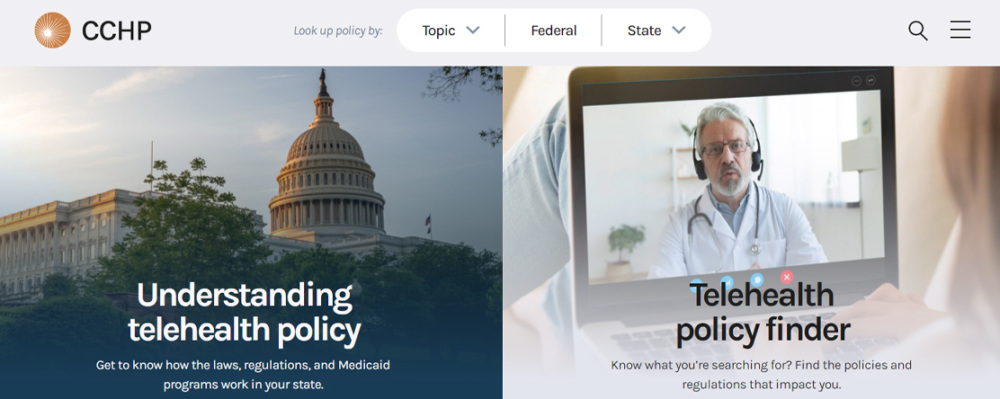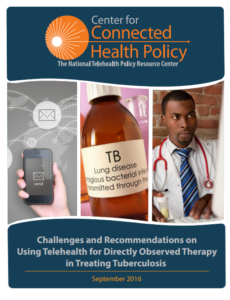
Challenges and Recommendations on Using Telehealth for Directly Observed Therapy in Treating Tuberculosis
-
Focus Areas
Communicable Disease Prevention, Data, Technology & Innovation -
Issues
Technology & Telehealth -
Expertise
Quality Improvement, Technical Assistance -
Programs
Center for Connected Health Policy

Tuberculosis (TB) is one of the most widespread infectious diseases in the world, infecting an average of 9 million people annually. Although TB is curable, more than 1 million TB-related deaths occur each year globally. California reported the largest number of cases in the United States (U.S.), representing 22 percent of the nation’s 9,951 cases, and the third highest rate among states.
Treating TB by means of Directly Observed Therapy (DOT) generates high costs, time-intensive travel, and labor burdens on public health departments, yet it is recommended by the CDC as the most effective means of combating TB. Recognizing the potential role that telehealth could play in effectively monitoring TB patients’ daily intake of their medication, PHI’s Center for Connected Health Policy (CCHP) explored potential barriers to employing technology to deliver online DOT (eDOT) in treating TB in the state of California. 
The brief found that eDOT shows great promise in medication adherence and patient acceptance due to the flexibility offered by the technology. It includes summaries the challenges and makes recommendations on using telehealth for eDOT in treating TB, along with key findings resulting from a literature review of published eDOT studies, examination of current policy, procedures and practices regarding TB management on a state and federal level, key informant interviews and two surveys.
Following inquiries from CCHP and UCSD in relation to this project, in early September 2016 the California Department of Public Health released guidelines addressing the use of eDOT in California to monitor TB medication adherence, however, it is only intended as guidance rather than official policy.
Originally published by Center for Connected Health Policy
Work With Us
You change the world. We do the rest. Explore fiscal sponsorship at PHI.
Support Us
Together, we can accelerate our response to public health’s most critical issues.
Find Employment
Begin your career at the Public Health Institute.


